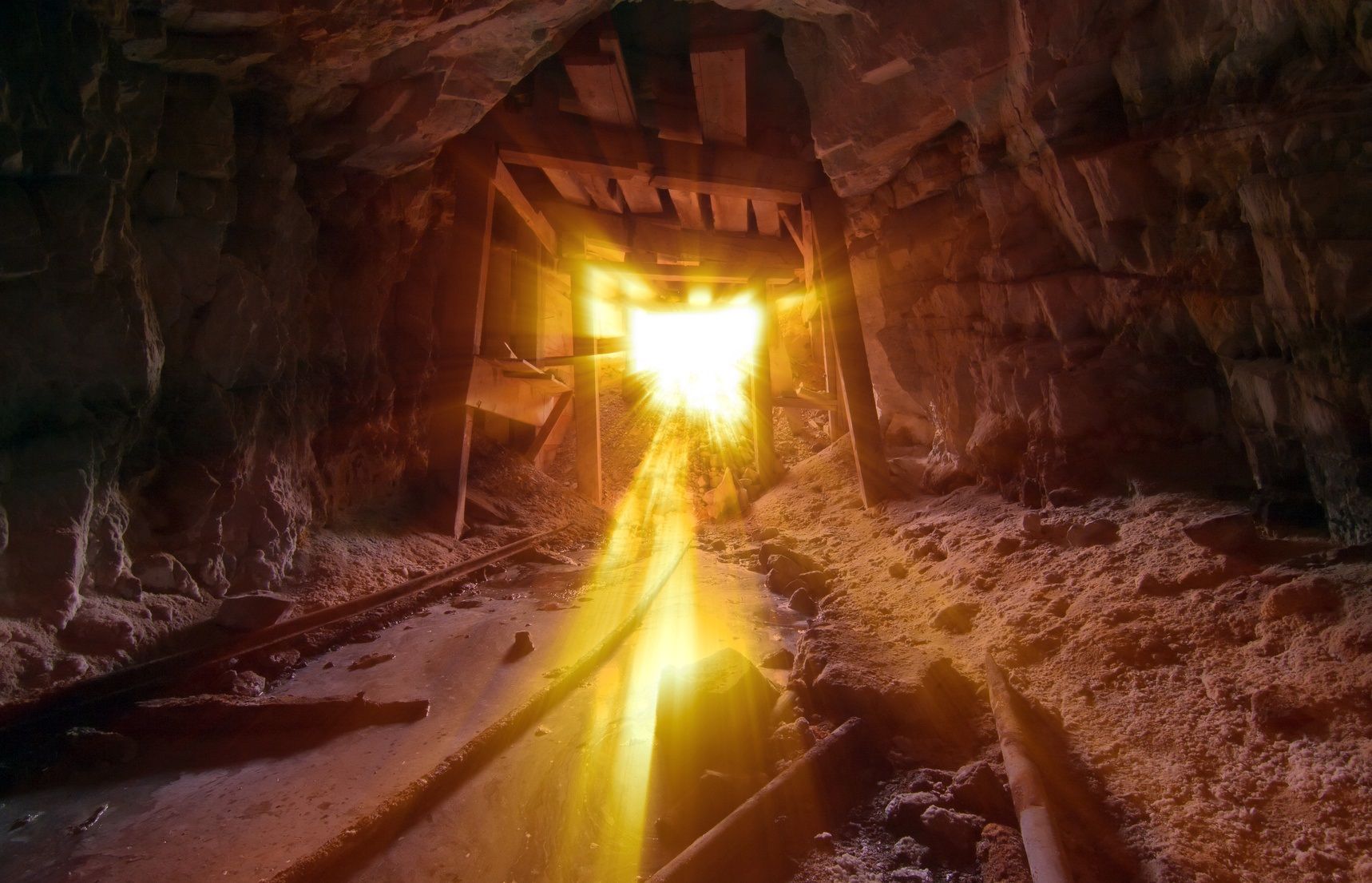The Future of Gold Mining
Posted onGold mines are becoming more difficult to source and maintain.
Consider that the global nonferrous exploration budget remains below the 2014 level. Moreover, between 2012 and 2016 this figure dropped each year.
The S&P Global Market Intelligence Report adds color to these numbers by explaining that, “our research has long shown that the mining industry is allocating an increasing proportion of its exploration spending to advanced projects and mines. This tends to become more pronounced during downturns, as juniors opt to spend scarce funding on proven assets rather than on riskier early stage exploration.”
It’s not surprising to learn that some of the biggest earners in the mining industry are allocating only small portions of their budget to exploration. In recent years there has also been a drop in the ratio of exploration spending to adjusted revenue. The S&P report continues, “it seems unlikely that the ratio will improve going forward, as consolidation at the top of the industry generally results in lower exploration.” Many major mining operations are in agreement that the best strategy is to become better at leveraging the value of mines they already have rather than source increasingly scarce deposits.
Put simply, the future of gold mining appears to be one of diminishing returns.
This forecast makes intuitive sense. After all, gold is a finite resource. Eventually, waning deposits will fall at a faster rate than the ascendance of the technological capabilities behind exploration and mining. This dynamic becomes even more acute as factors surrounding the industry experience upheavals of their own. Examples include the Coronavirus, geopolitical tensions, and waning fiscal stimulus.
These factors explain, in part, why the largest mining companies have allocated less than half of 1% of their budgets to what they call “grassroots” exploration. These are exploratory efforts aimed at finding fresh, new deposits. In fact, this portion of mining budgets is at a record low.
Those who monitor this industry often look at something called the Exploration Price Index (EPI). This number “measures the relative change in precious and base metals prices, weighted by the percentage of overall exploration spending for each metal as a proxy of its relative importance to the industry at a given time.” More simply, it is a single number offering insight into the state of the mining industry. For example, the EPI falls when financing activity declines in the mining industry as a result of diminished metal prices.
The dynamic between a record low grassroots exploration budget and the continued growth in the value of gold might explain why Thomas Rutland, the research analyst behind the S&P Global Market Intelligence Report stated “metal prices should trend upward during 2019, although volatility is likely.” A look back on 2019 shows that sentiment to be true.
As gold investors look to the future, they should look beyond market sentiment, and trending gold purchases. While important, these factors are only part of the picture. The S&P research, and data points like the Exploration Price Index are reminders that the eventual depletion of in-ground gold will also create influence on long-term process.
Want to stay updated on the latest market news, Tales from the Vault and our favorite stories from around the world? Sign up for our newsletter here.







